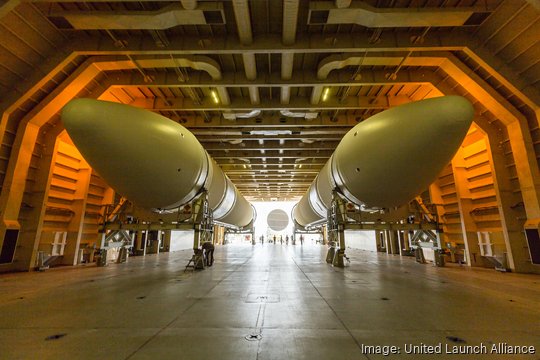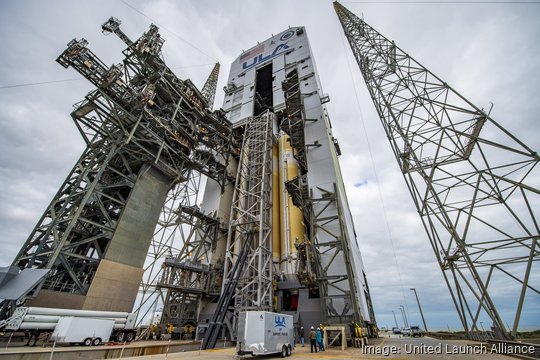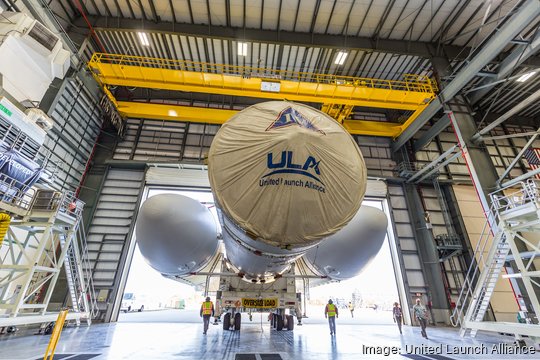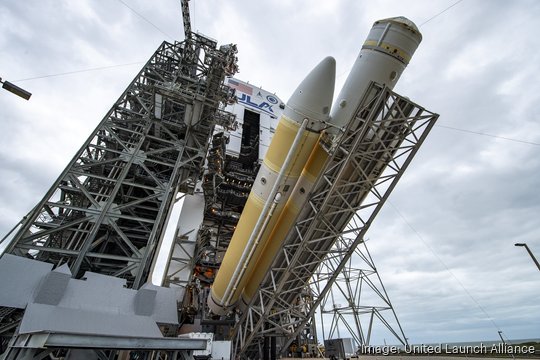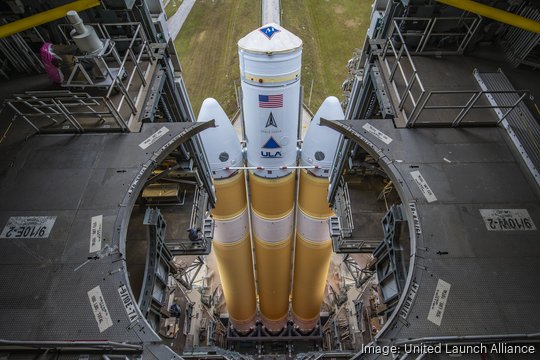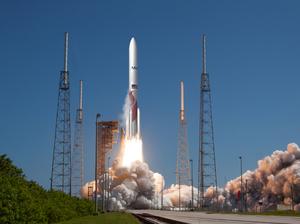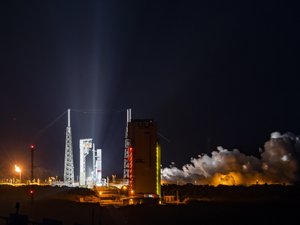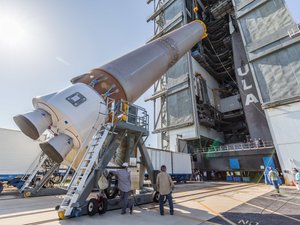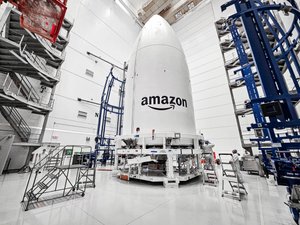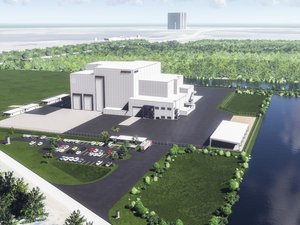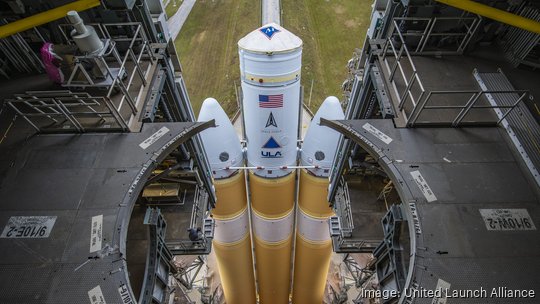
United Launch Alliance (ULA) announced in a March 25 news release there’s a 70% chance weather conditions won’t support a March 28 rocket launch carrying classified spy satellite cargo.
Scheduled to lift off from Space Launch Complex-37 at Cape Canaveral Space Force Station, this would be Delta IV Heavy’s 16th — and possibly its last — launch. The Delta IV Heavy rocket has been active since 2004, with ULA aiming to squeeze out one more launch before the vehicle’s retirement.
ULA’s statement listed a number of weather concerns as reasons for a possible delay including:
- Cumulus cloud conditions indicating there may be unstable atmospheric conditions
- The potential for disturbed weather like rain impairing visibility
- Ground winds predicted for that day could pose hazards during the launch
Preparation for Delta IV Heavy launch
The Delta IV Heavy will be replaced by the Vulcan Centaur rocket, a collaborative design/build effort from Boeing Co. (NYSE: BA) and Lockheed Martin Corp. (NYSE: LMT).
ULA did not announce a back-up date and did not respond to an Orlando Business Journal inquiry by time of publication.
The National Reconnaissance Office (NRO) payload carried by the Delta IV Heavy is known as NROL-70. Its exact contents are classified, though it likely is to include satellites. NRO is a Department of Defense intelligence agency that develops and operates spy satellites to provide data supporting the efforts of the National Security Agency relevant to space-based defense and warfighting innovations.
Delta IV Heavy’s replacement Vulcan Centaur — a major competitor in the heavy payload category — has already had its first spaceflight. The rocket launched on Jan. 8 carrying the ill-fated Peregrine lunar lander made by Pittsburgh-based Astrobotic Technology. Peregrine’s moon landing would have been the first American spacecraft on the moon for the first time in 50 years.
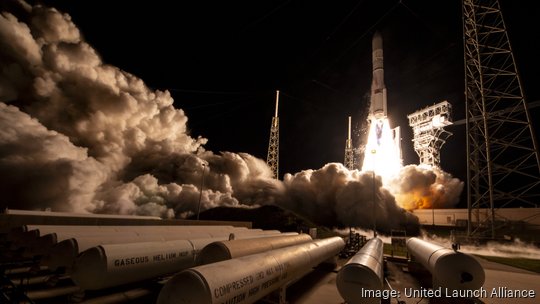
Instead, the Nova-C lunar lander made by Astrobotic Technology — which launched aboard the SpaceX Falcon 9 on Feb. 14 — made a soft landing on the moon on Feb. 22. Nova-C's mission came to a close on Feb. 29 when Houston's Intuitive Machines powered down the lander, according to a company statement.
SpaceX has another heavy load offering, too: the Falcon 9. SpaceX has not announced retirement plans, though the spacecraft has been active since 2010.
Sign up here for The Beat, Orlando Inno’s free newsletter. And be sure to follow us on LinkedIn, Facebook and Twitter.
